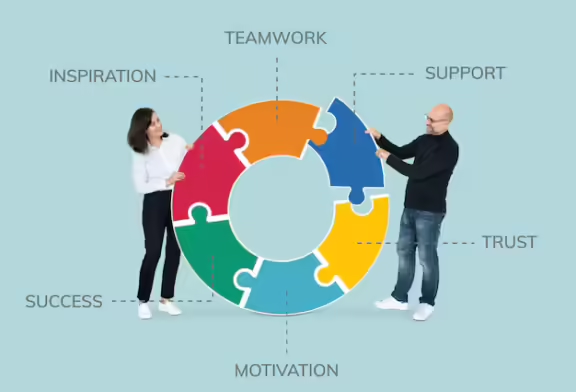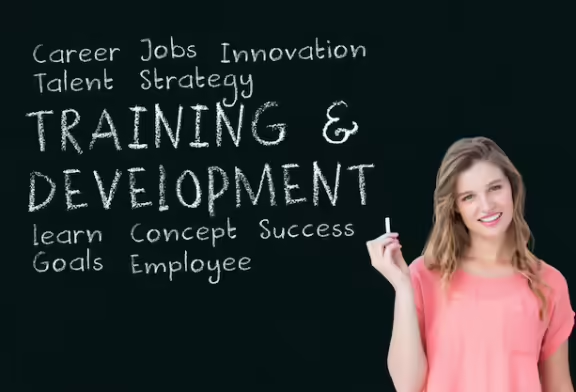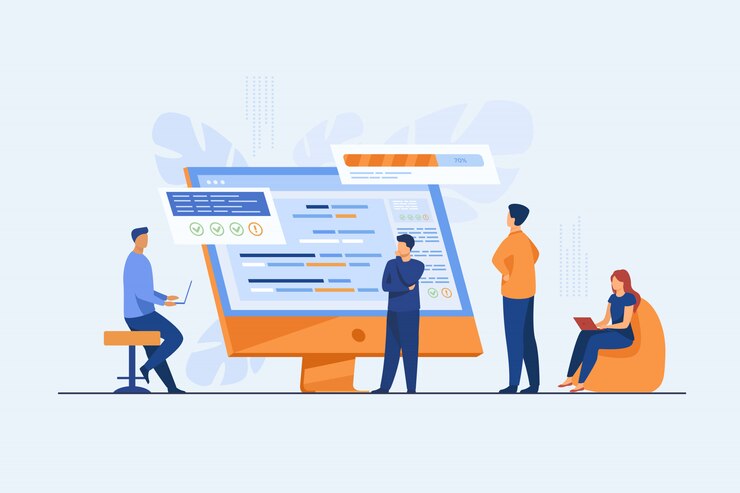
Undertaking effective recruitment drives, tracking and evaluating employees, and maintaining employee data are the biggest tasks that are taken up by the HR team in any organisation. However, this can be a mammoth task if done manually.
By creating a competency framework, not only are these tasks streamlined but also simplified.
According to a study by SRHM, 75% of companies that use a competency framework have reported a positive impact on the HR processes. Further, 94% recognise the importance of having a competency framework.
What is a Competency Framework?
To perform well when working with an organisation, people need to understand the skills that they need. Further, companies also need to establish the parameters that they are using to evaluate each worker vis-à-vis their role.
The gap between these two parameters is bridged using Competency Frameworks. Not only does it encourage employee engagement but also streamlines the HR functions.
A competency framework is a list of criteria that are considered by companies to evaluate employees in terms of the prerequisite skills that they need to perform well in a job role, as well as behavioural traits preferred. By using a competency framework, companies can standardise the parameters by which each employee is evaluated and establish which skills and traits are valued for each job role.
- Required to perform assigned job roles adequately
- Valued by the company in workers
- Recognised by said company as a valuable skill
- A preferred character and behavioural trait in workers (essential for leadership training)
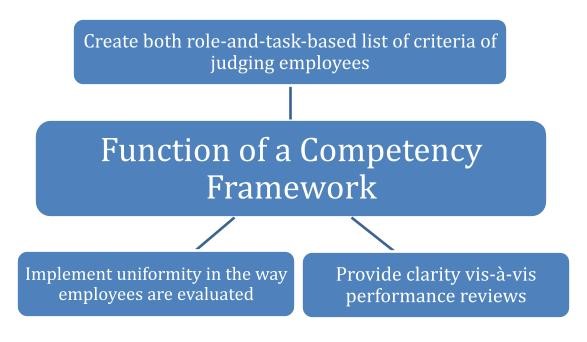
Hence, to sum up, having a competency framework defines, clarifies, and quantifies the parameters, skills, and behaviours that are sought after in a company.
Benefits of Implementing a Competency Framework
Most avenues of the organisational structure can benefit from implementing a competency framework. This can be better understood as follows:
- Hiring of New Employees: HRMs can easily identify skills needed to perform well in their organisation and recruit people accordingly.
- Learning and Development: Having access to a detailed list of skills required, HRMs can design training programs suited to each job role.
- Career Growth: While each job role needs a certain skill set, staying limited does not help with growth. Thus, to perform better and advance in their career employees can get trained in relevant auxiliary skills.
- Succession Planning: For people who have the right skill set and attitude, being chosen for leadership training and becoming part of the succession planning process is a motivating factor.
- Better Employee Monitoring: Having a competency framework in place provides structure and direction to job roles, tasks, and achievements. This quantifies their impact, bringing a uniformity to employee performance monitoring.
- Streamlined Tasks: Being a common platform, it condenses tasks into a simplified approach, thus reducing the time and effort needed.
Why Competency Frameworks Matter in HR
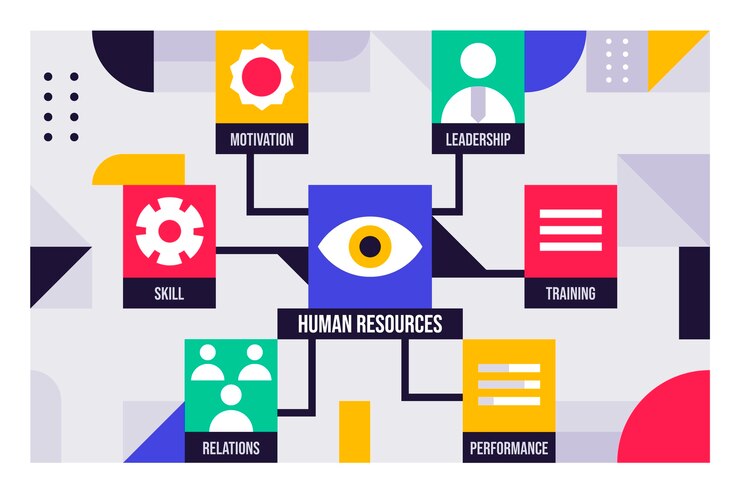
By using a competency framework, HR tasks can be condensed into a simplified two prong approach:
- Aligning goals, and
- Managing employees better.
To elaborate, these can be explained as given below:
Aligning Organizational Goals with Employee Skills
Each company has a long term plan which contains a list of goals that it wants to achieve. The same is true for employees as well. Making these align using a competency framework is important for the growth of both the company and its employees.
This in turn drives employee engagement and better results. 56% of leaders in the business world claim that they have received positive ROI from employee engagement.
Enhancing Recruitment, Succession Planning and Performance Management
The parameters listed under a competency framework ensure that the HRMs know what to look for in new recruits. Further, it brings uniformity to performance reviews.
Steps to Build a Competency Framework
To design a detailed competency framework suited to all employees, the HRMs, Managers, and senior leadership team need to work hand-in-hand. The basic steps to making a competency framework are listed as follows:
Step 1: Define the Purpose of Your Framework
Identify roles that you need to create a competency framework.
Step 2: Gather Input from Key Stakeholders
Have a meeting with the leadership team and the middle management to gain insights into each role and skills required.
Step 3: Identify Specific Skill Sets Required for Different Roles
For a worker to fulfil their role, certain knowledge and skill sets are required. These are called core competencies. This usually accounts for a mix of learned skills such as technical know-how and character traits such as being able to lead and motivate others. Based on the skills that are needed for a particular role, associated competencies will be decided.
For instance, if an employee has skills such as good communication and project management and is able to motivate their peers, they might be a good fit for a managerial or leadership role.
Step 4: Develop Behavioural Indicators for Each Competency
For each core competency, certain behavioural traits are needed. For example, under technical competencies having innovative thinking and proactive learning are favourable traits.
Some behavioural indications include:
- Learning and applying new skills
- Communication
- Innovative thinking
- Being adaptable
- Taking up self development
These need to be mentioned as subdivisions under different competencies.
Step 5: Validate the Competency Framework
Share said framework with the management and leadership team, as well as the employees to check if it suits them. Make modifications as per the suggestions received.
Step 6: Communicate and Train Employees on the Framework
Train your employees to follow the competency framework set. Also, if any are missing skills listed under the task they perform; make sure that they are able to take up a training program.
Step 7: Continuously Monitor and Update the Framework
Since requirements for every job role changes over time, the framework needs to be updated regularly as well.
Common Challenges in Building a Competency Framework
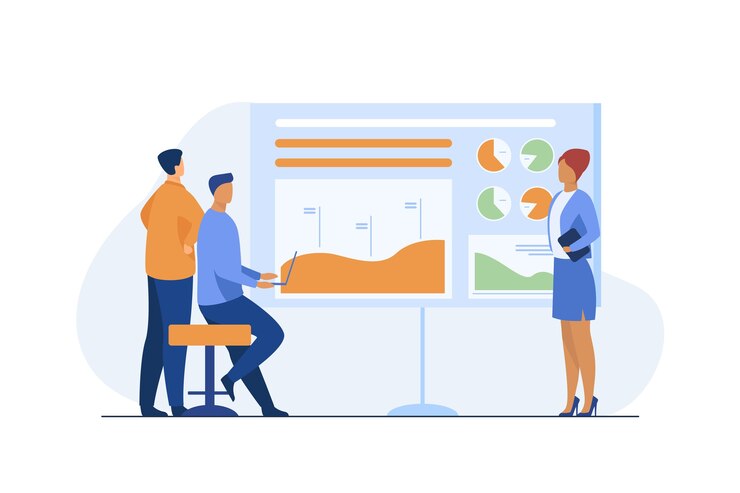
While the importance of the competency framework is recognised by many, designing a relevant structure and deploying it can be challenging. Common hurdles faced include:
Lack of Stakeholder Buy-In
Not every person in the management team will agree to a competency framework software. This is mostly due to the fact that if not designed properly, this is more of a hurdle than a solution. Thus, competency frameworks need to be designed keeping in mind the requirements for each role.
Overcomplicating the Framework
To make a competency framework thorough, people often overcomplicate it. This can make it difficult to implement or follow in its entirety. Hence, only necessary and relevant criteria need to be listed.
Ensuring Relevance across Departments
Skills required vary as per the job role and department. Therefore, what is relevant for HR might not be for someone in the technical or QC team. Thus, the competency framework design needs to be such that it can cater to all.
Best Practices for Successful Implementation
To have an efficient competency framework development process, these are some of the top tips:
Keep the Framework Clear and Actionable
The competency framework deployed should be clear and concise to avoid redundancies and misrepresentation of information. Further, this makes it easier to understand and use for workers across the company.
Involve Employees in the Development Process
Employees should have a say in the criteria that are considered during the competency framework development process. Not only does this make them feel heard but also adds the point of view from different levels of the organisation’s hierarchy.
Leverage Technology for Maintenance and Updates
Spreadsheets are still in use among 58% companies for employee performance tracking. However, this is a massive task and can lead to errors. Instead of doing it manually, opt for software tools available in the market. Not only does this make the process simple to design but may also offer integration with the existing system.
Driving HR Efficiency with Competency Framework Software
Using AI-driven competency framework software, the designing and deployment of a competency framework becomes a simple task. Not only does this make it easier to identify tasks, skills, and targets assigned but provides analytical data which is useful for employee monitoring and succession planning.
Track your employees, design custom training programs, and conduct accurate appraisals with a Competency Framework.



